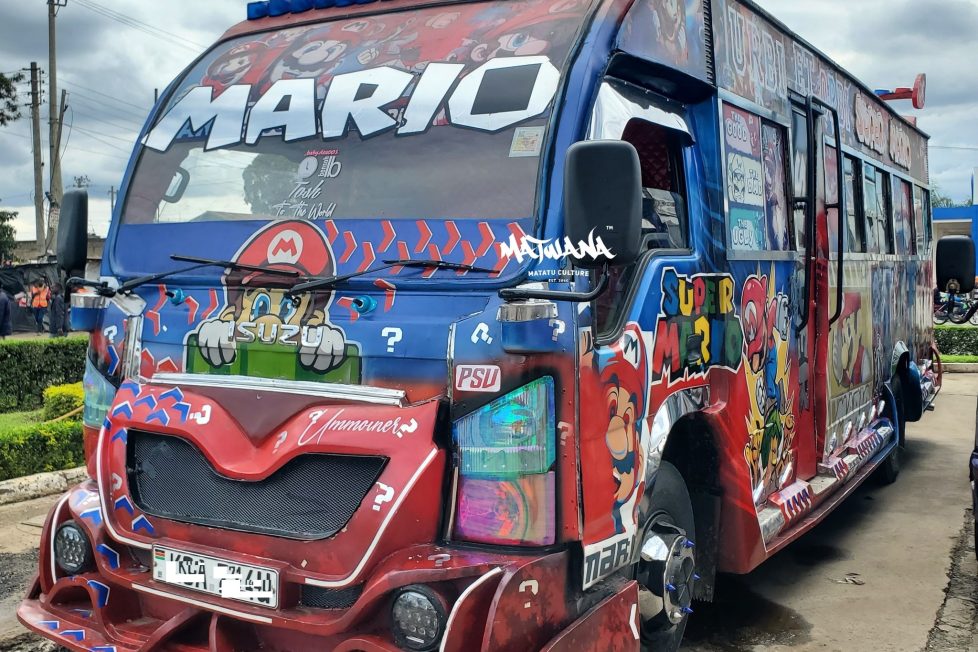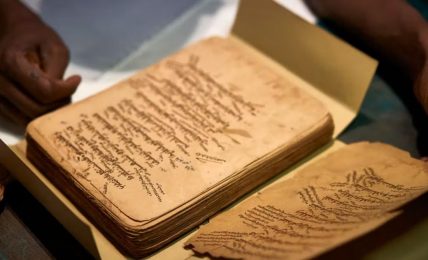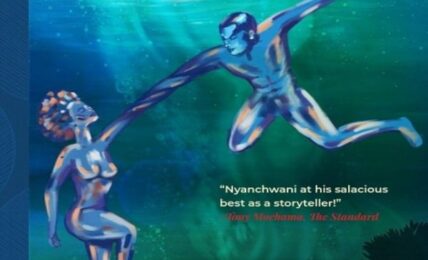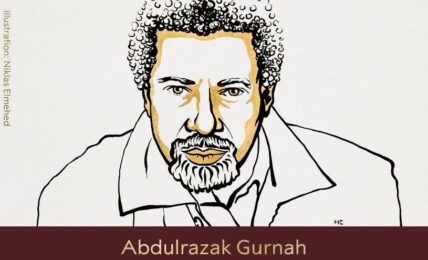Matatu Culture and the Making of the Kenyan Personality
If Tanzania is a train, moving slowly but surely on a well-designed track, Kenya is a matatu: rowdy, colourful, intense, rude, vibrant, arrogant, overbearing, capricious, and drunk on its own hype.









This is an interesting article Erick . There is absolutely a close connection between every Kenyan right now and the Eastleigh buses or Rembo shuttle. It is not our fault,our syllabus is running so fast and we have to catch up. Becoming a train that is slow but sure in Kenya ,is a sure way of dying poor
This here is a beautiful piece. I had not seen the link between the culture and the ordinary Kenyan mind,a clear reflection of who we are as a people. Nearly an identity, the Kenyan people are simply the matatu people mirrored, and extends everywhere. I love it!